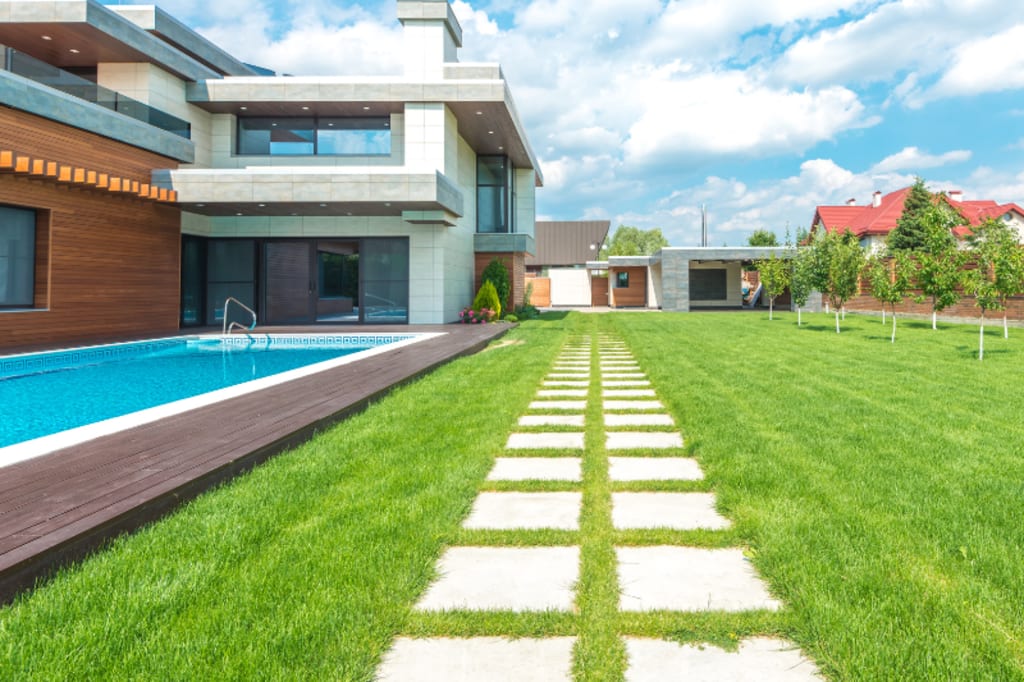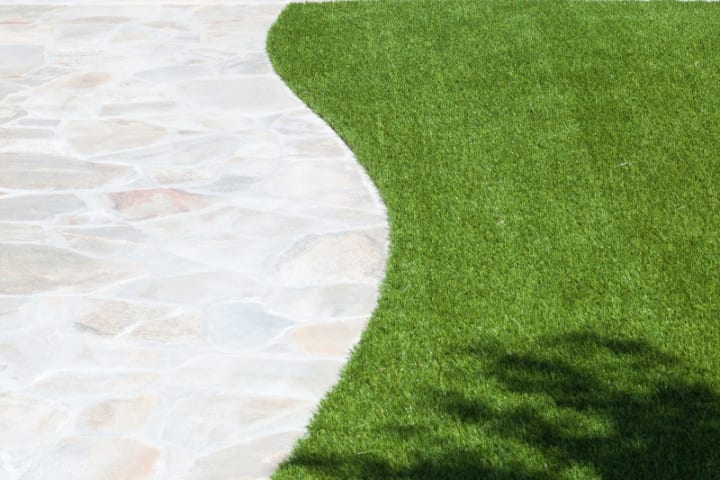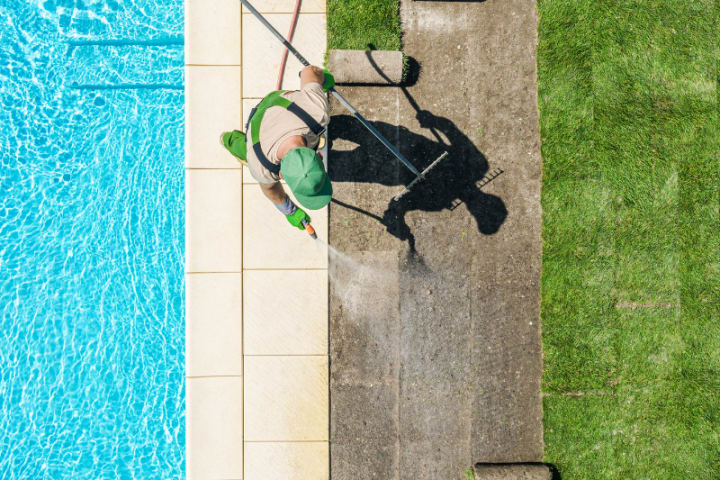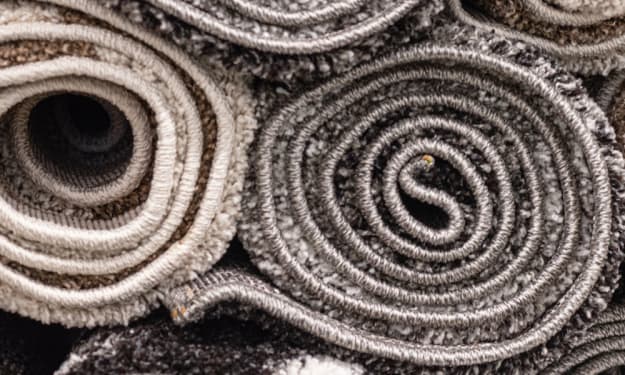How To Landscape Your Swimming Pool With The Best Artificial Turf
Your pool can become the ideal getaway with the right scenery. Additionally, it will create a welcoming atmosphere that will make you feel content and at ease each time you visit.

Your pool can become the ideal getaway with the right scenery. Additionally, it will create a welcoming atmosphere that will make you feel content and at ease each time you visit. Due to its many advantages and suitability as a replacement for natural grass, fake grass around swimming pools is gaining popularity. Start with the finest artificial grass when remodeling your pool.
Basic Considerations For Poolside Flooring
The top concern should be safe when building a well-designed swimming pool. The area of the pool should be a secure and safe place regardless of the size, form, or depth of the pool. To avoid slips and falls and establish a welcoming atmosphere, choosing the appropriate flooring for your poolside area is crucial. There are numerous flooring choices, so it's crucial to think about each one's durability, stability, and maintenance requirements.
1)Slip Resistance Surface
Slip-resistant flooring is one of the most crucial safety factors for poolside areas. Even when wet, the flooring should be made to offer the greatest amount of traction. Ignore smooth texture that can be slippery and opt for materials with a textured finish to produce an anti-slip surface. To provide additional traction, non-slip mats can also be used. Additional materials to take into account include rubber and unique swimming tiles, both of which were created especially for wet areas. The surfaces created by these materials are safe and non-slip.
2)Easy To Clean And Maintain
The carpeting by the pool should be simple to maintain and clean. Heavy foot activity, exposure to water, and chemicals like chlorine and salt water should not damage the flooring. Additionally, it should be simple to keep and maintain. Search for flooring made of materials that are simple to clean with a cloth or a mop. Also, take into account non-slip surfaces to avoid accidents and slips.
3)Appropriate Drainage
Finally, when choosing poolside flooring, proper drainage should be one of the top priorities. To avoid flooding, lessen the chance of slips and falls, and ensure that pool chemicals don't irreparably harm the flooring, the pool area needs to be well-drained. The carpeting ought to be constructed so that water drains into a drainage system and away from the pool. Additionally, when wet, it should have enough traction to prevent slips and crashes.
4)UV Stabilized
When selecting poolside carpeting, UV stabilization should be taken into account as the fourth safety factor. The purpose of UV-stabilized flooring is to endure prolonged exposure to the sun's ultraviolet rays without fading, cracking, or changing color. If the flooring will be outdoors and exposed to the elements, or if it will be placed in an area that receives prolonged direct sunlight, it is particularly crucial to choose UV-stabilized flooring. For the greatest level of safety at your poolside, search for flooring that is non-slip in addition to UV stabilization.
5)Durable And Long-Lasting Material
Consider durability and long-lasting materials whenever selecting the finest poolside flooring. It's crucial to pick a material that won't wear out quickly because slippery surfaces around pools can be a serious safety danger. Verify the material's weight rating and other safety certifications to ensure it complies with regulations and won't fracture or crack when supported by furnishings or people.
Why Not Just Stick To Tiles
Tiles are frequently chosen for pool surrounds by residents and company owners because of their water resistance. They also come in a variety of hues and designs that can give the space a fresh feel.
When it comes to pool edges, tiles have unfortunately been shown to be a hazardous option. Given the following, you should think twice before choosing tile for poolside flooring:
1)Tiles Are Incredibly Slippy When Wet
The main risk of using tiles as poolside flooring is that they can become slippery when wet. This is because tiles typically have quite smooth surfaces, which encourage the accumulation of water and reduce traction for people walking on them. This may result in trips, slips, and falls, which may result in severe damage.
2)They Can Be Difficult To Clean
Due to exposure to chlorine and other chemicals as well as grime and detritus from swimmers, tiles, particularly permeable tiles, can become dirty and stained very quickly. The chance of slips and falls can rise as a result of a slippery surface. Additionally, without the use of specific cleaners, the grout between the stones can become stained and discolored.
3)There Is A Risk Of Sharp Edges
It's essential to be aware of the risks of sharp edges when installing tiles as poolside flooring. While tiles can offer a stunning, durable, and easy-to-clean surface for pool decks, they also carry a significant risk of injury if not installed properly.
Why Artificial Grass Is The Better Poolside Flooring

• Non-slip
Artificial grass does not become slippery when damp, in contrast to tiles. Because of their texture and sturdy design.
• Soft
The smooth and bouncy nature of artificial grass makes it ideal for relaxing poolside. Another factor making it ideal for young children, elderly people, and pets is its comfortable surface.
• Dirt Free
Synthetic grass is dirt-free, unlike real grass, so you won't get soiled or have to worry about it contaminating your pool.
• Puddle Free
Due to its excellent drainage, artificial lawns won't become saturated with pool spillover. Furthermore, it dries quickly, particularly in direct sunlight.
• Vibrant
The vibrant green color of fake grass won't fade in the presence of precipitation or sunlight. After all, it is waterproof and UV protected. So you can be sure that it will continue to appear great for many years.
How To Landscape Your Poolside Area With Artificial Grass

• Make It Multifunctional
With the correct design, your turf pool surrounds can serve multiple purposes because artificial grass is ideal for a variety of activities. By adding holes in different locations, for instance, you can create the ideal putting greens.
• Pick Bright Color
Use blue fake grass to landscape your pool instead of green turf. It's a surefire way to give your pool a stylish, one-of-a-kind appearance.
• Use Several Synthetic Turf
Install artificial grasses with varying pile heights and hues for a more natural appearance. Installing the ones with the lightest colors closest to the pool and the ones with the deepest colors farther away will produce a gradient effect.
About the Creator
Enjoyed the story? Support the Creator.
Subscribe for free to receive all their stories in your feed. You could also pledge your support or give them a one-off tip, letting them know you appreciate their work.





Comments
There are no comments for this story
Be the first to respond and start the conversation.